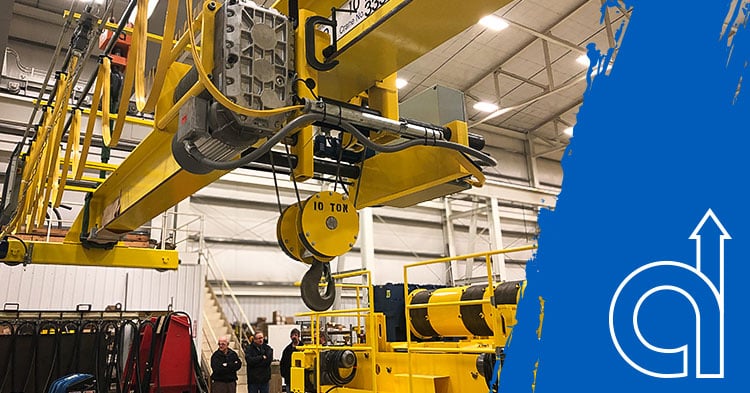
by American Crane | Aug 22, 2024 | Industry News, Manufacturers, News and Events Post
In the fast-paced world of industrial operations, the safety and efficiency of equipment are paramount. One critical aspect of crane operation safety is the implementation of anti-collision systems. These systems use electrical means to prevent two or more cranes from...

by American Crane | Aug 6, 2024 | Industry News, Critical Lift, News and Events Post
For motor control, the Adjustable Frequency Drive (AFD) is pivotal. Designed to convert fixed frequency AC power to variable frequency power, AFDs enable precise speed control for AC motors, particularly squirrel cage motors. This capability is crucial for maintaining...




